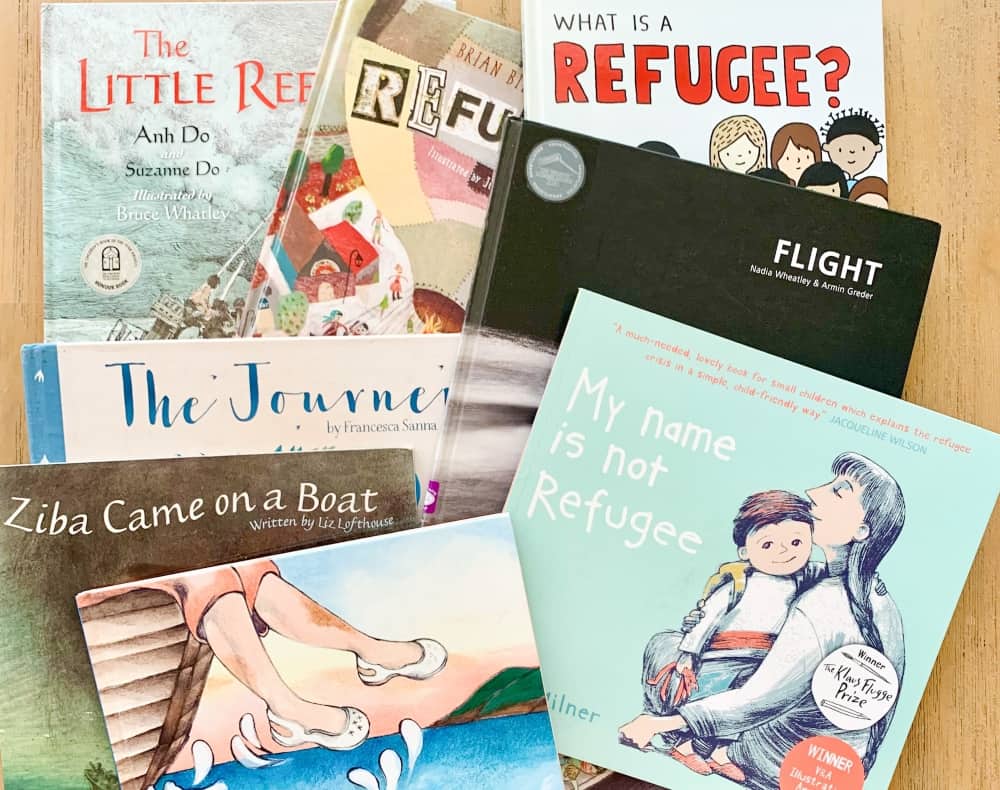
10 best picture books about the experiences of refugees
Updated 20 June 2022
What is a refugee?
It’s a question I hear often from children, especially during Refugee Week which this year falls during the week 19-25 June.
I teach across a number of primary schools in Sydney and have a couple of lessons and activities I do around the experience of refugees. Interestingly, though the word ‘refugee’ comes up a lot in the media and children hear it all the time, I find that many children – even children in Years 5 and 6 – don’t actually know what makes a person a refugee. They know the word but have only a vague idea of what it actually means.
So I use picture books to start the conversation in the classroom. Even with older children, I find picture books are a non-threatening way to introduce the subject. They make the often complex issues around why and how people become refugees and how we can help them easily accessible and evoke an emotional response which encourages the development of empathy, a quality our world badly needs. I don’t teach high-school students but, if I did, I would use some of the picture books you’re about to read about to introduce the subject.
Why teach children about refugees?
So why should we bother teaching children about refugees?
I’ve found that teaching children about the experiences of refugees present a wonderful opportunity to introduce them to the sometimes-complex ways in which people come to live alongside us. It also gives them an insight into other cultures and how other people live and a richer understanding of the wonderful diversity that makes up our world.
But above all, for me, is the fact that teaching children about the experiences of refugees deepens their capacity to feel empathy for other people.
Empathy is defined as the ability to understand and share the feelings of another. Sounds simple, doesn’t it? And we know that children are naturally inclined to feel empathy for other people. In fact, research has shown that babies recognise the feelings of other people and demonstrate empathy from as young as six months of age.
Sadly and for many reasons, this empathy is often not nurtured as children grow up.
And I’ve come to believe, especially over the past few years, that empathy is the quality that’s needed most in our world today.
The picture books on this list cover different aspects of the refugee experience, from factual accounts of the experiences of children who have been refugees to lyrical explorations of the trauma and emotions involved in having to leave everything you know and start again in an unfamiliar country.
I hope you enjoy exploring them as much as I do.
1. Ziba Came on a Boat
This is one of the first books about refugees I came across and I’ve used it in the classroom many times. It’s still one of my favourites because the text is simple and the book appeals to all ages. It’s not stated in the text but, from the details of her life, I think Ziba is probably escaping from Afghanistan.
Ziba’s story begins with her voyage on a “soggy old fishing boat” that creaks and moans as it makes its way “across an endless sea … “. As she sits in the crowded hull of the boat with her mother, Ziba remembers the happy home and the life she’s left behind. She also remembers how the fighting started and dreams of when they will be welcomed to a new land where they will be free.
I love this book for it’s simple, lyrical text and for the way scenes from Ziba’s journey are interspersed with scenes from her life at home.
Suggested for ages: 4 – 12 years
2. The Little Refugee
Anh Doh’s story is well-known in Australia. I read his book The Happiest Refugee many years ago and highly recommend it for older children and adults. This picture book is the story of Anh’s escape from Vietnam with his family when he was four years old and when his brother was just two.
The Little Refugee is the very straightforward story of what happened to the family. It begins with Anh’s happy life in Vietnam with his big extended family, before moving on to the war and the danger his parents were in after it ended. During their perilous journey on an old boat, they encounter pirates and suffer the loss of their food and water before they are rescued and brought to Australia. In Australia, Anh finds school difficult and life is not always easy for his family. But his mother always has hope and gradually things start to get better and easier for Anh.
This is a fantastic book for helping children understand the challenges faced by children who come to Australia from other countries, as well as why people become refugees.
Suggested for ages: 5 – 10 years
3. My Name is Not Refugee
This book is a recent find for me and it’s really lovely. It’s a touching and tender exploration of the concepts of refugees and migration for young children and does a great job of explaining them in a way that they can understand.
Suggested for ages: 3 – 7 years
4. Grandma’s Treasured Shoes
This story, published in 2019, is a bit different. It’s the story of a little girl and her grandma and the pair of scratched and dusty old shoes that are very special to her grandma because she wore them many years ago during the long journey to her new life in Australia. With rhythmic text and colourful images of all types of shoes, the story follows Grandma’s journey from her home country, wearing her ‘roaming shoes and weary shoes’, on a boat with her ‘salty but free shoes’ and into her new life where she wears lots of different kinds of shoes.
This is a story that encourages children to understand the way it feels to be a refugee and to appreciate the contribution refugees have made to Australia. I love the theme of shoes that dance their way through this book and the illustrations are lovely. A short fact section at the back of the book contains historical photographs introducing children to the definition of a refugee and the history of Australian immigration.
Suggested for ages: 4 – 10 years
5. Flight
Flight is the story of a young family who sets off across a desert in search of refuge from persecution in their own country. Written as if it’s set in biblical times, the story is told in such a way that it could be taking place right now or at any time over the past 2000 years. During their journey the family experiences many hardships and set-backs before they eventually reach a refugee camp where they can wait in safety for asylum in another country.
Suggested for ages: 4 – 12 years
6. Out
Suggested for ages: 5 – 12 years
7. What is a Refugee?
This super-simple book does a great job of answering the questions: who are refugees? Why are they called that word? Why do they need to leave their countries? It’s the perfect introduction to the concept for young children, with bright, graphic illustrations and straighforward text. While it’s aimed at children up to the age of about seven, I think older children would also find this book a useful quick read. It explains the issues in such easy-to-grasp terms that it would make a great first read on the subject, paving the way for the exploration of more complex texts.
Suggested for ages 3 – 7 years
8. The Colour of Home
This is the story of Hassan, who feels out of place in his new country which appears to him to be very cold and grey. The story of how his family escaped Somalia is trapped inside him, too terrible to be talked about, until one day at school when he paints a picture showing his colourful Somalian home, covered with the harsh colours of war from which his family has fled. With the help of a translator he tells his teacher about his family’s terrifying experiences in Somalia and their voyage from Mogadishu to Mombasa, then to the refugee camp and on to England. After telling his story, Hassan paints a new picture of his home in Somalia, with bright colours and no memories of the war. When his father puts his new painting up on the wall, Hassan notices the maroon prayer mat, a bright green cushion and his sister Naima’s pink dress, signalling that he has begun to heal and to notice the colours in his new home.
This story is actually pretty heart-wrenching. It’s a longer, more complex story than some of the other books about the refugee experience and it’s a wonderful story to read with older children and adults.
Suggested for ages: 7 – 12 years
9. Refugees
This is a fascinating book for older children, and for adults, too, though it’s a great book to share with any child from the age of about five up. It’s what’s sometimes known as a reverse poem, a poem which can be read from the end backwards to the beginning, telling the opposite story when read that way.
Refugees is essentially a book of two voices. The first voice sees the people fleeing from war and persecution and asks ‘Why here? Why my country?’ It’s a voice of fear and suspicion. But read the text the opposite way and a new voice emerges. The second voice says ‘Why not make them welcome? Why not share the things we have?’ This is the voice of compassion, understanding and inclusion. This book cleverly reinforces the truth that there are two sides to every debate, with illustrations which are powerful but still appealing. It’s a fantastic book to use as a springboard for deep, rich discussions about the refugee experience, especially with children aged from 10 years up.
Suggested for ages: 5 years – adult
10. The Journey
The Journey is a story told through the eyes of a young girl whose family is destroyed by war. After their father becomes a casualty of the confict in their country, the mother decides it is time for her and her two children to flee in search of a safe place to call home. From sneaking away in the middle of the night to evading border guards, this story is a collage of the personal stories collected by the author in a refugee centre in Italy in 2014 and of the incredible strength of the people who shared their stories with her.
Suggested for ages: 5 – 9 years
To save this post for later, pin the image below:
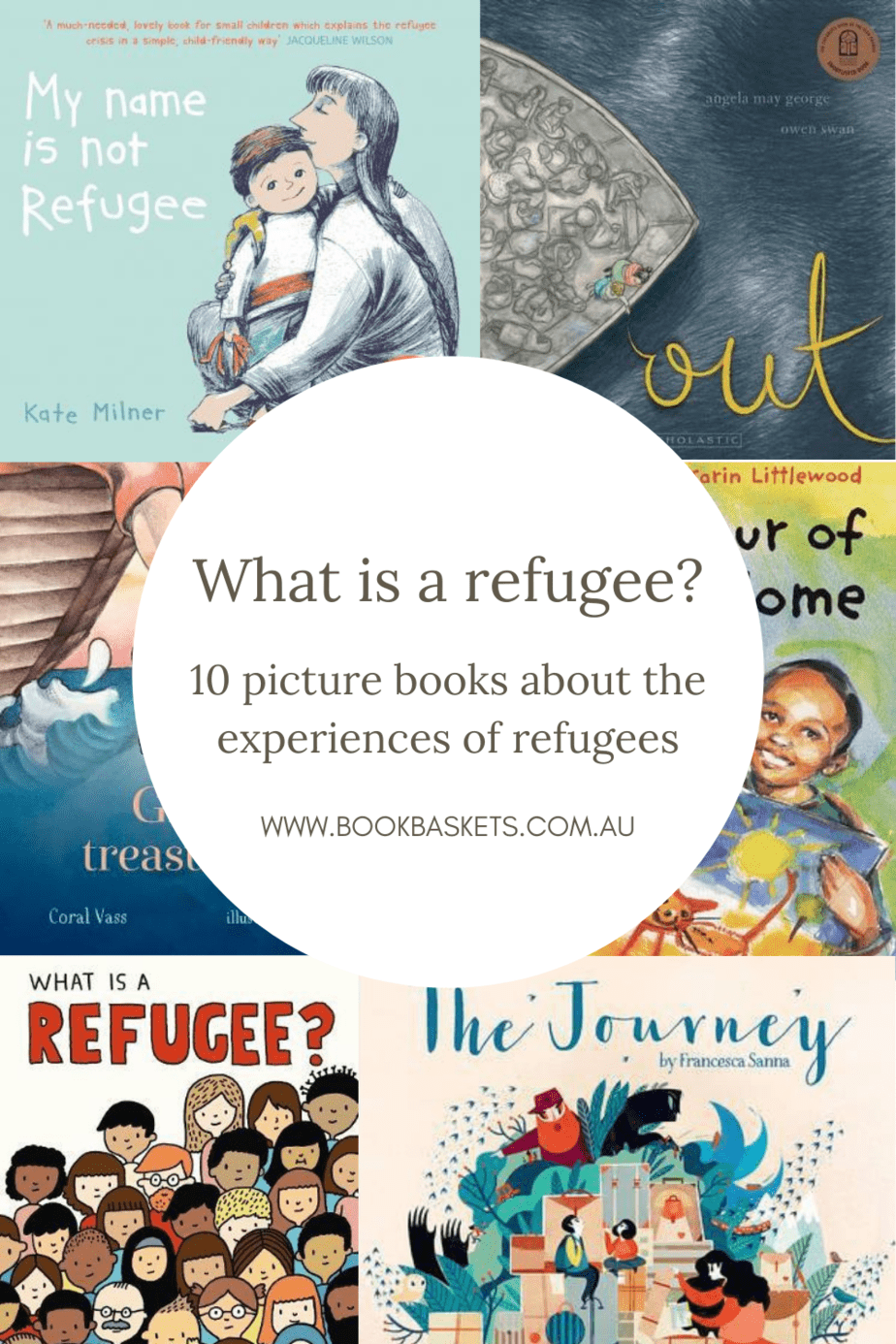
Over to you
Do you think it’s important to share books about refugees with children?
Do you have a favourite book about the experiences of refugees?
I’d love to hear what you think so drop me a line in the comments.
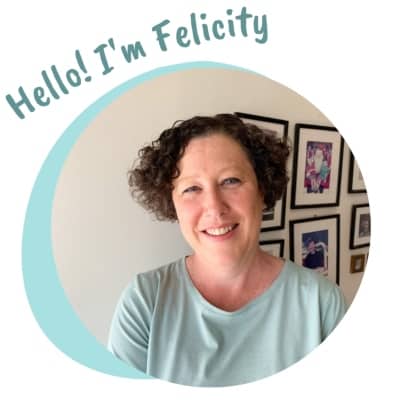
I’m Felicity - a parent to three young humans and a primary school teacher who loves books.
I’m passionate about helping parents discover the joy of reading to their little ones and I love helping you discover quality picture books to share with the babies and small humans in your lives.
I also create gift baskets and Little Book Gifts filled with the very best books for children from newborns to four-year-olds. You can check them out here.
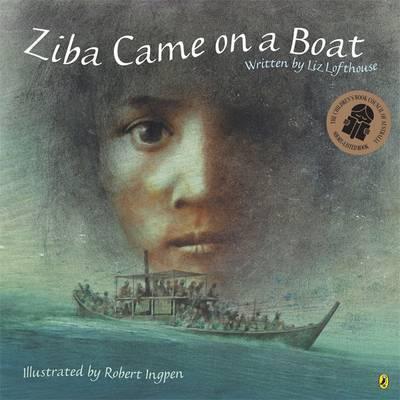
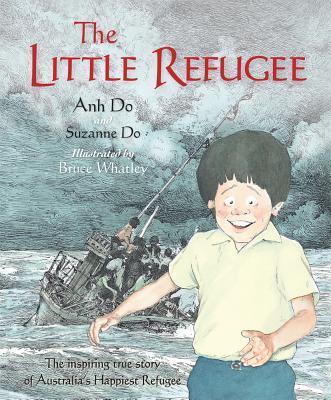
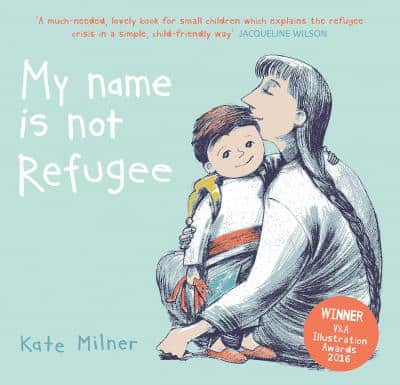
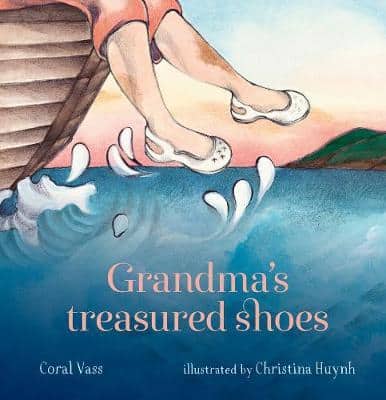


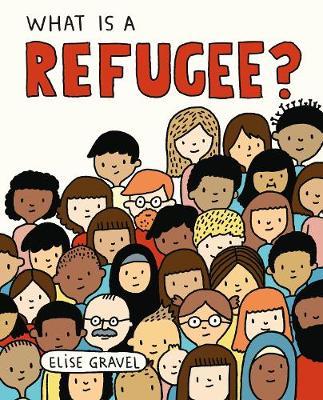
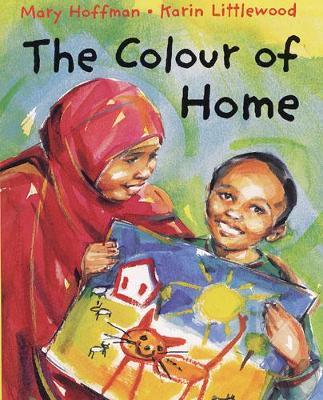

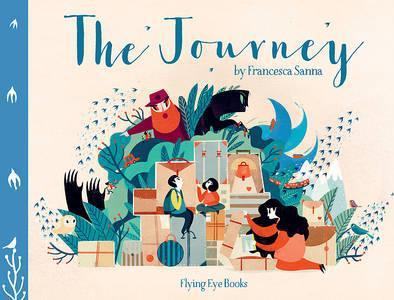
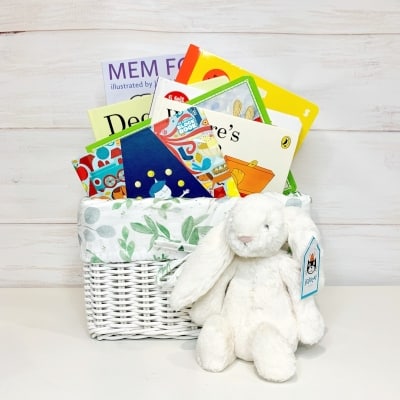
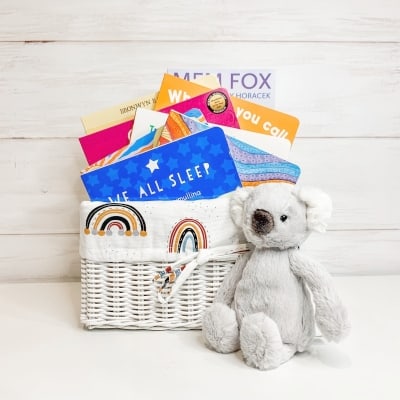
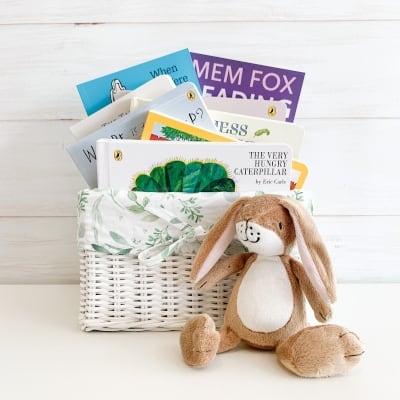
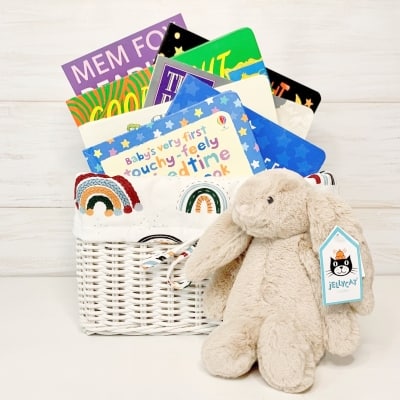
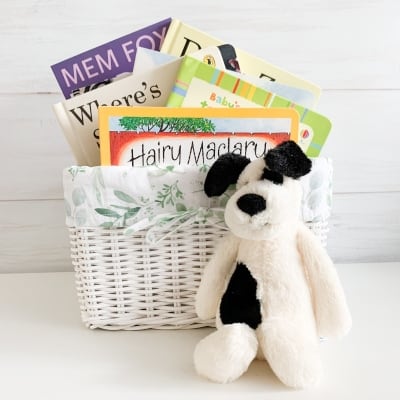
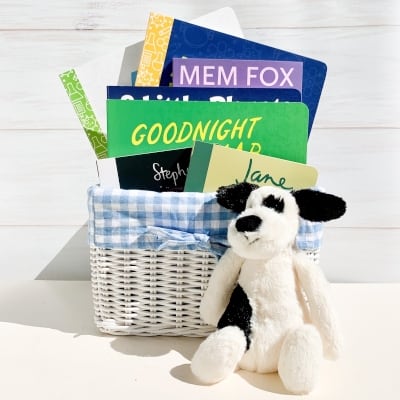
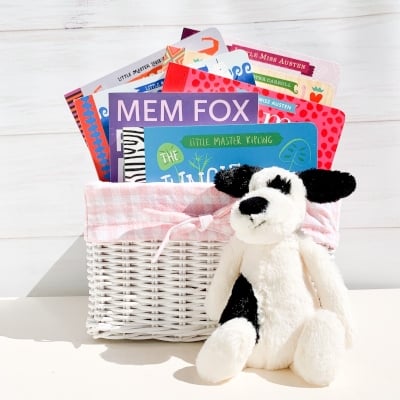
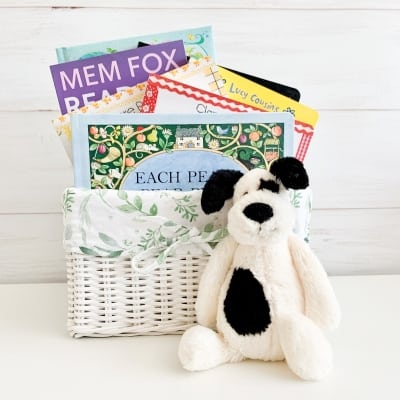
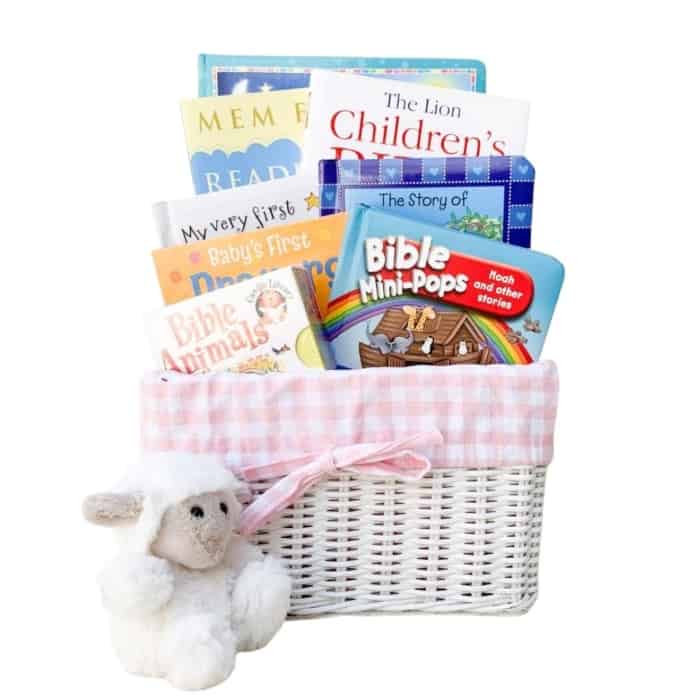
0 Comments